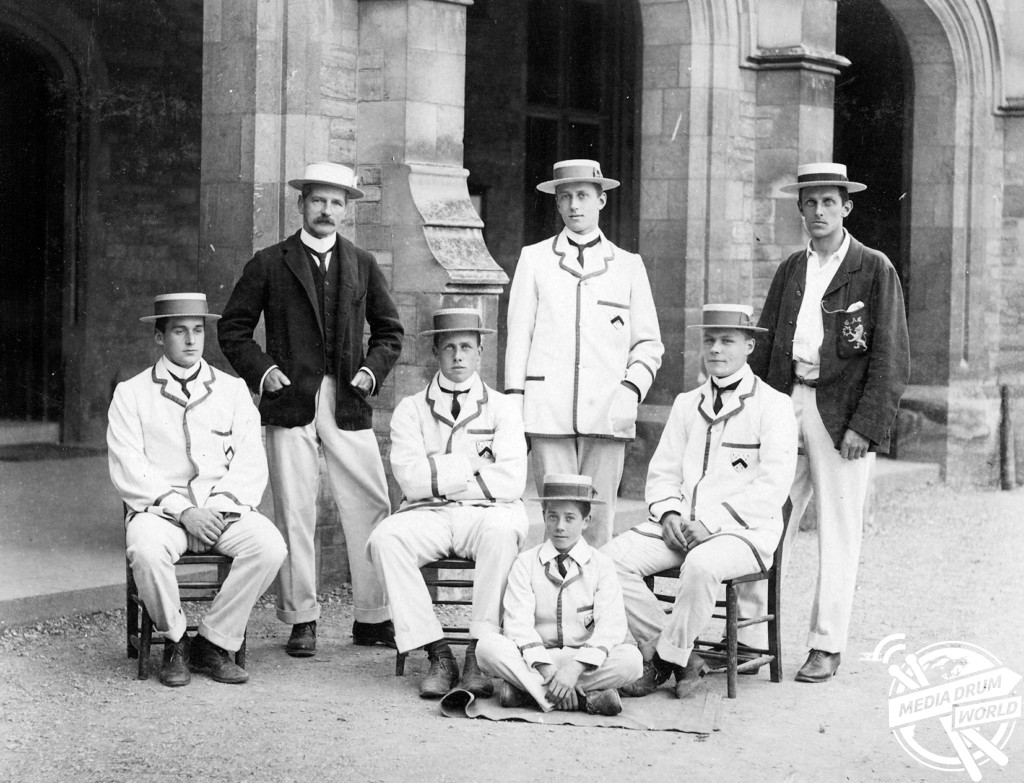
By Tom Dare
THE HARROWING IMAGES OF hundreds of young men from two schools in Northamptonshire who lost their lives during the First World War have been published for the first time, as part of a new book documenting their experience during the war.
Images from the book show the former students of the two schools posing in their uniforms before heading off to war, while others show the young men leading a march through the local town prior to their deployment.
In another image one former member of the Laxton school, Cecil Leonard Knox, can be seen receiving the Victoria Cross for bravery from King George V, while others show various sports teams and clubs from the schools before they were torn apart by the war.
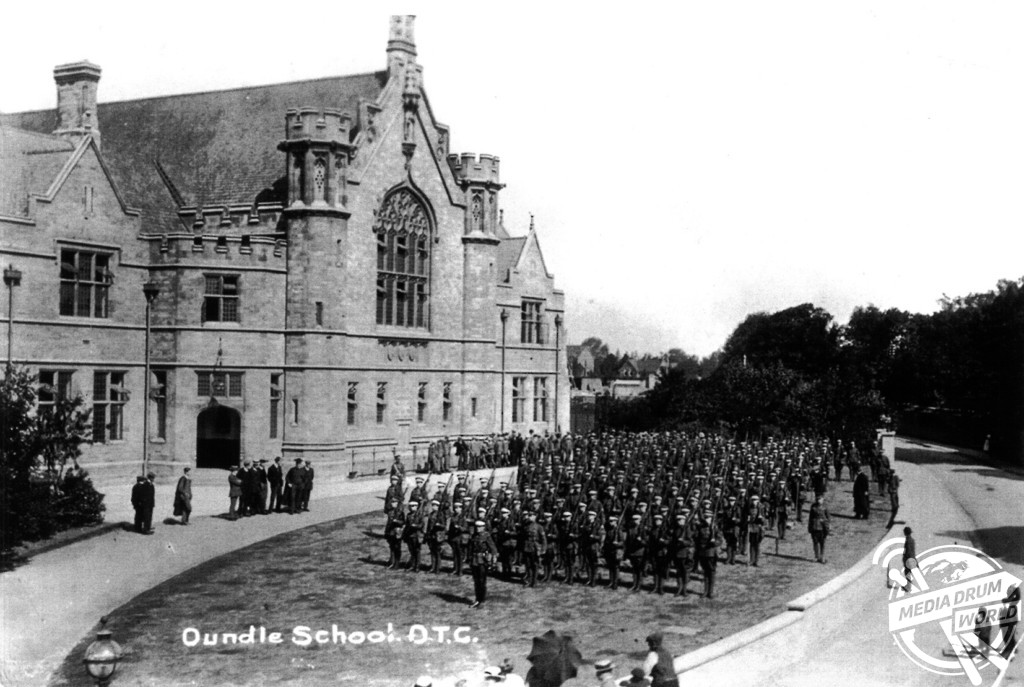
‘And We Were Young’ by author Colin Pendrill gives a rare glimpse at the impact of the First World War on an individual area of the country, telling the stories of 263 young men from Oundle School and Laxton Grammar School in Northamptonshire who were killed in the concflict.
The average of the men age at death was just 23 and the youngest, John Savage, was shot down when he was 17-years-old. The men, the vast majority of whom were volunteers, died across the globe, from the Western Front to Portuguese East Africa and everywhere in between.
In the book Pendrill takes an in-depth look at the stories behind each of the men who lost their lives in the war, and examines the impact this had on the local area.
“In the picture of the Dryden House OTC platoon taken in the summer of 1912, there are 34 boys from a House of 41,” writes Pendrill.
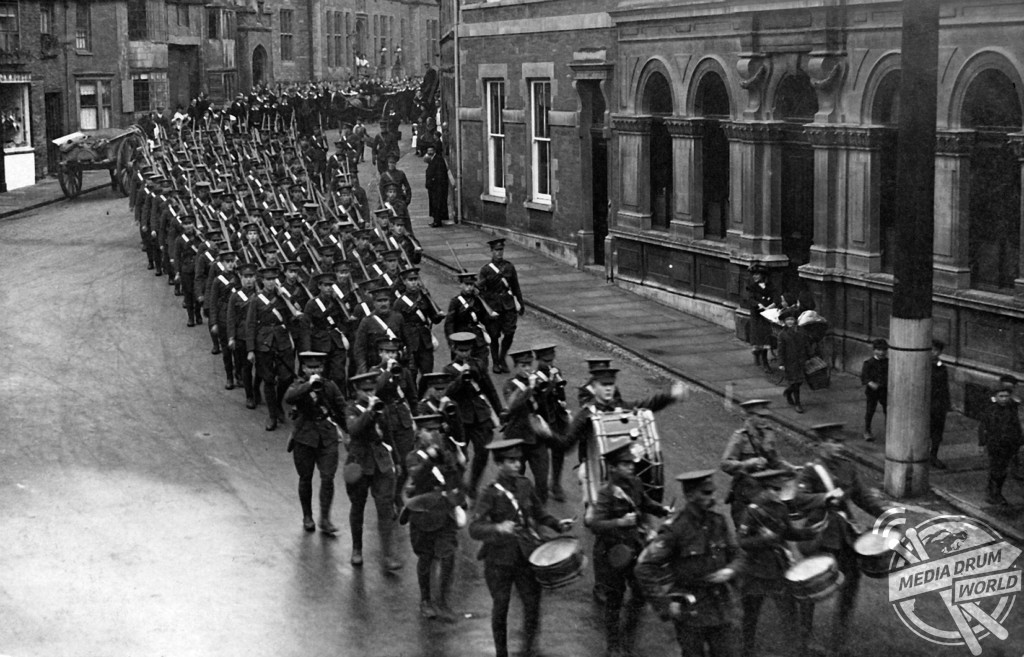
“The other seven are not there probably because they were too young to join. Those in the picture are aged between 14 and 18 and they are ready for war. As they gaze out at us, do they see the coming conflict? Eleven of them – one in three – would be killed in the carnage which engulfed their world between 1914 and 1918.
“Over 1,200 lads from Oundle School and Laxton School answered their country’s call. Of those, more than 90 percent had left school after 1900, meaning that the vast majority of Oundle’s servicemen were under 30 when they went off to war.
“The average age of those killed in the conflict was just 23 years and some 65 percent of Oundle’s fallen were aged between 18 and 24. And the death rate amongst the servicemen who had once been schooled at Oundle or Laxton was very high.
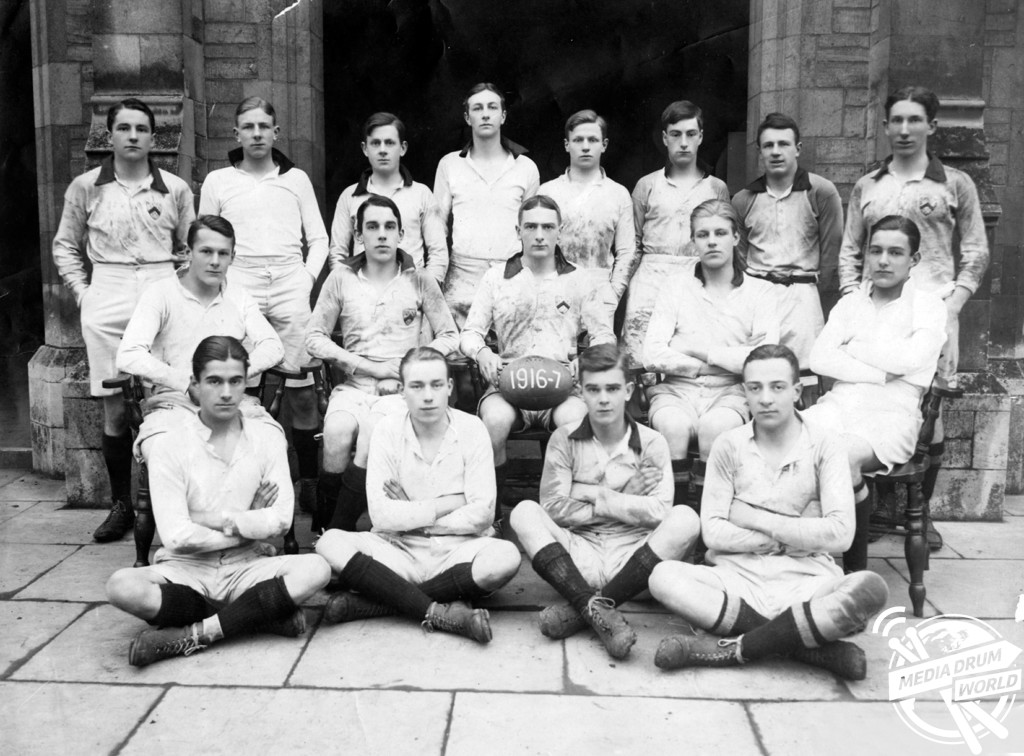
“A century after the conflict, it is still a very solemn and moving occasion, touching young and old alike. But in truth, we have only been able to remember them in general terms – Oundelians as part of a generation lost; names inscribed on memorials.
“This book is mainly concerned with and dedicated to the boys who perished in the conflict, piecing together their deeds at school as well as their deeds in the war; hearing what they have to say about the world around them and seeing their faces, in peace and in war, at home and far away.
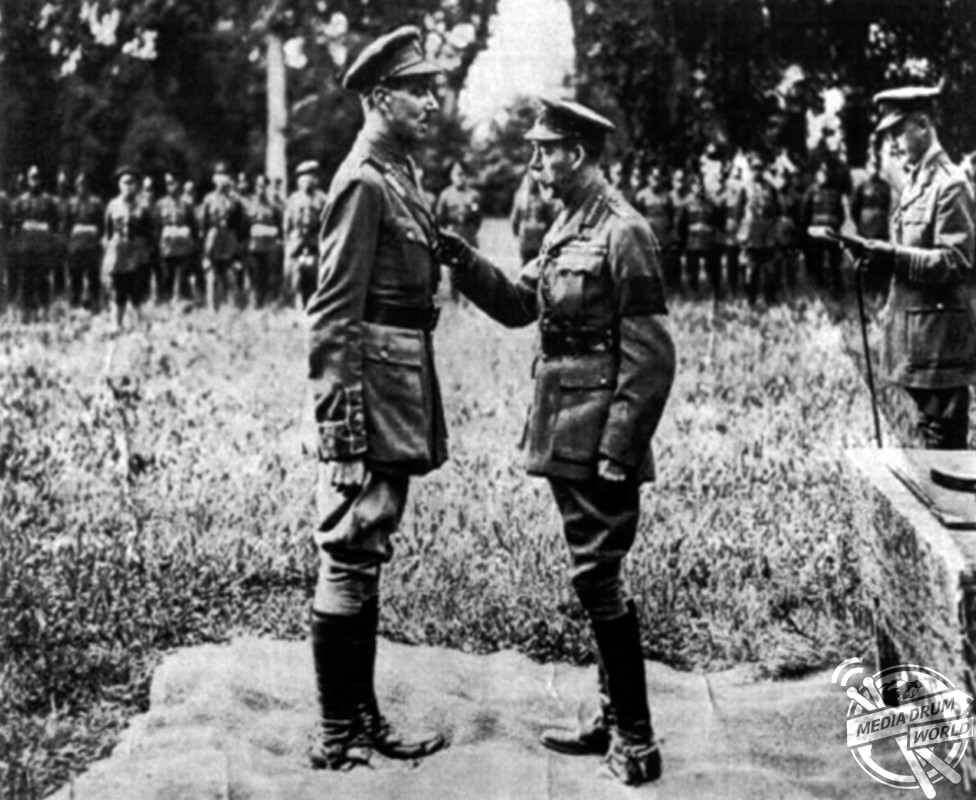
“Now we shall remember them more fully.”
And We Were Young by Colin Pendrill is published by Helion, and can be purchased here: https://www.amazon.co.uk/We-Were-Young-Oundle-School/dp/1912174197






